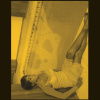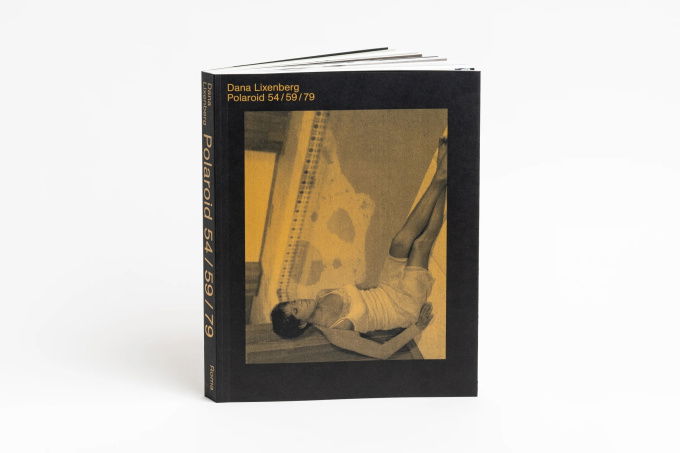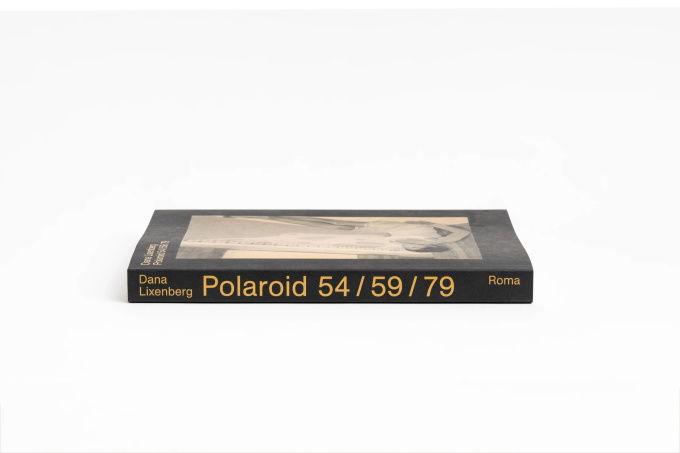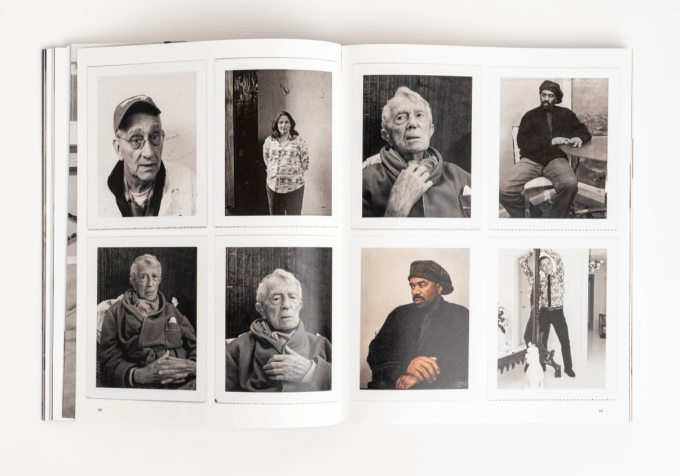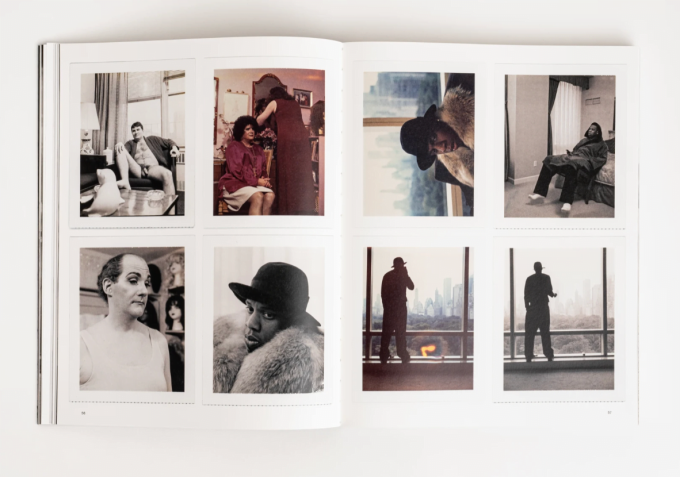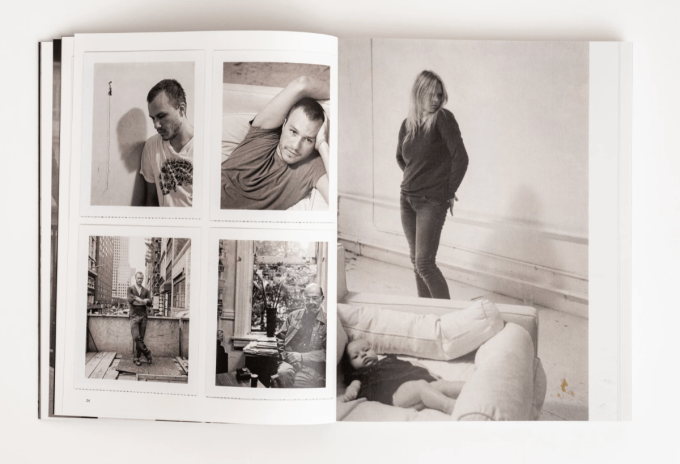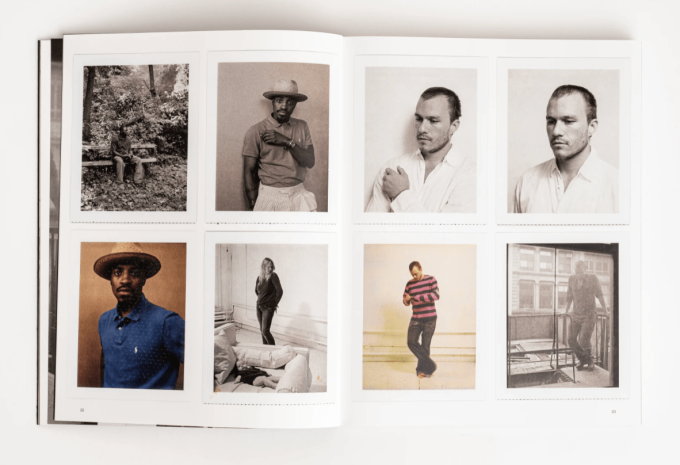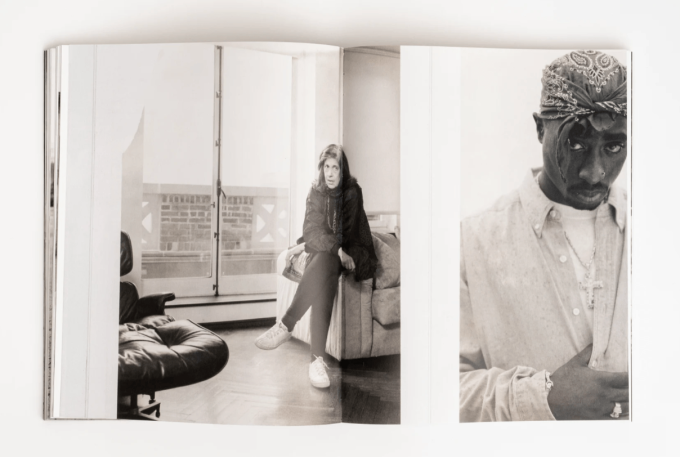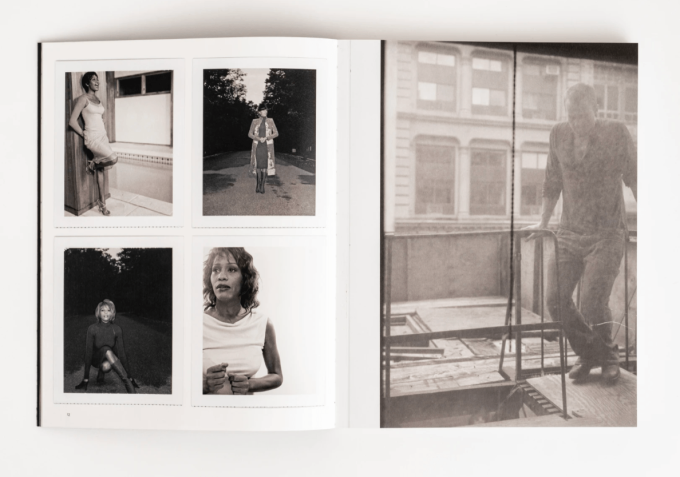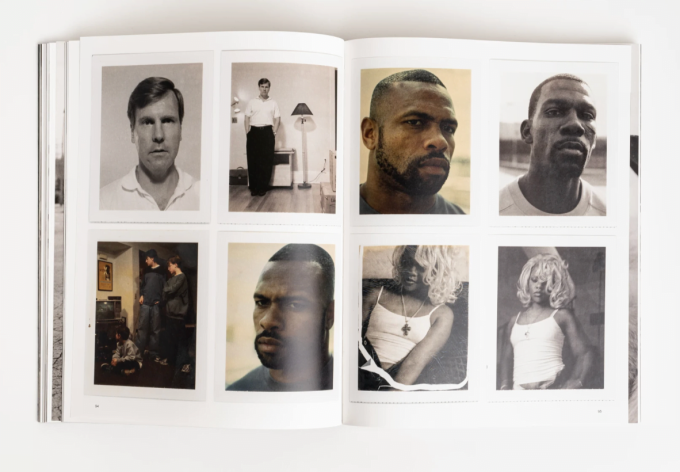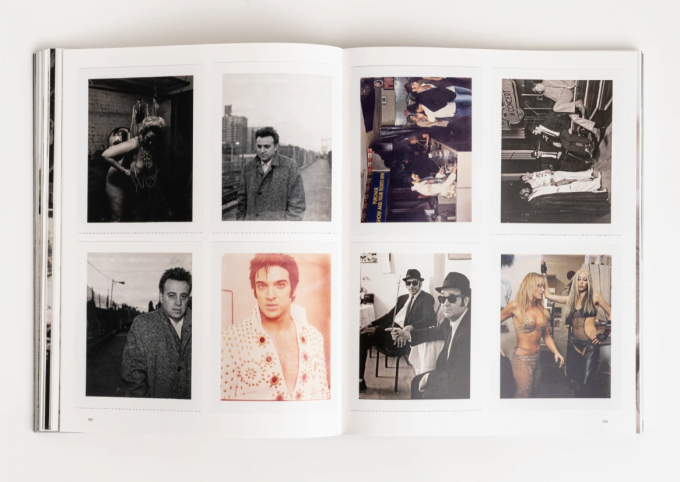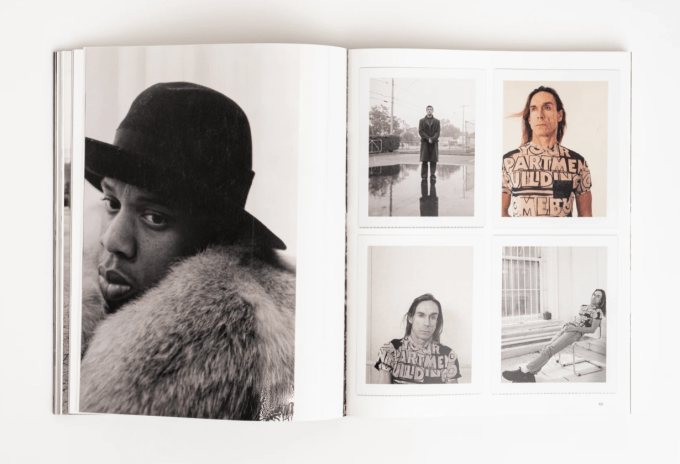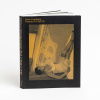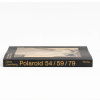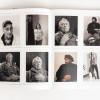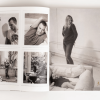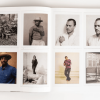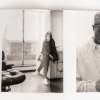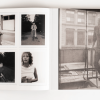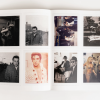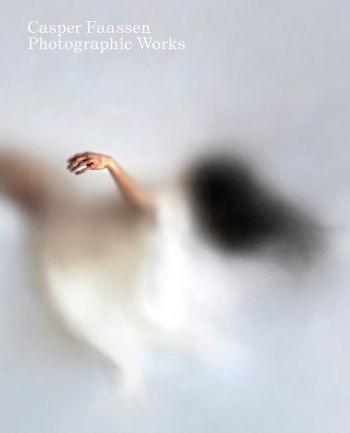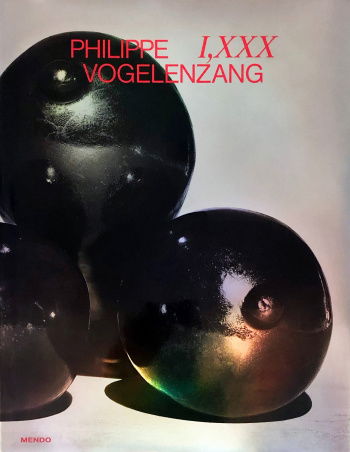Free shipping from €50 - Protective packaging against damage - Ordered today, delivered fast - Return within 30 days

Dana Lixenberg: Polaroid 54/59/79
Polaroid 54/59/79 by Dana Lixenberg is a collection of hundreds of Polaroids that photographer made during shoots for prominent magazines and personal projects in the United States
€59
Dana Lixenberg's book Polaroid 54/59/79 is a collection of hundreds of Polaroids that photographer made during shoots for prominent magazines and personal projects in the United States from 1993 to 2010.
Reliving an archive
In 1989, Lixenberg left for New York as a beginning photographer. There she gained international fame with her work for magazines such as Newsweek, Vibe, New York Times Magazine, The New Yorker and Rolling Stone, as well as with personal projects. After returning to Amsterdam in 2018, Lixenberg let the Polaroids, which were a regular part of her photo shoots between 1993 and 2010, pass through her hands again. They brought back memories of encounters, travels and collaborations. A compilation of these Polaroids can be found in the photo book Polaroid 54/59/79.
An ode to the Polaroid
Polaroid 54/59/79 depicts the heyday of printed media and the last period of predominantly analog work. Polaroid 54/59/79 refers to the type names of the peel apart film used by Lixenberg at the time. These prints had a distinctive materiality and color palette. The bankruptcy of the Polaroid Corporation in 2008, which halted production of 4×5 peel apart Polaroids, hit hard. Fuji continued production of color print peel apart film for a while, and when Lixenberg's supply of Polaroids ran out after two years, she continued with them. Both Fuji and the current generation of Polaroids have never been able to match the specific quality of the original Polaroids.
The Polaroid cassette went into the same 4×5 camera with which Lixenberg took her photographs. The instant photos served as test and reference material to test light and composition. When necessary, Lixenberg showed them to gain confidence, but more often she hid the images precisely so as not to create turmoil. Almost always she gave one or more of them as mementos to those portrayed. As a result, few if any Polaroids remain of some shoots.
The picture quality of the Polaroids was neither a goal of the photographer nor a selection criterion for the book or exhibition. "I could be heavily biased toward a good Polaroid, because I would have missed that particular emotion on film," Lixenberg says. She made the Polaroids between shooting, and usually in black and white, to minimize development time. Some she pulled open too early or too quickly, leaving them faded and developing spots; others have notes, signatures or fingerprints on them. These "traces" of the photo shoot testify to the uniqueness of the Polaroids and their function as utensils.
A portrait of the United States
The collection of Polaroids shows the American culture that Lixenberg encountered in the 1990s and 2000s. The passage of time can be experienced as our gaze at some public figures is inextricably colored by knowledge of the aftermath of their lives. For example, in 1998 Lixenberg photographed Whitney Houston, who died in 2012, for her record label, and in 1998 a still-young Donald Trump for New York Magazine.
With hundreds of photos, it offers Polaroid 54/59/79 the reader a time image of America in the years 1993-2010, an ode to the Polaroid and a special insight into the working process one of Holland's most renowned photographers.
Specifications
Author: Dana Lixenberg
Size: 245 x 310 x 24 mm
Size: 294 pages
Weight 1436 grams
Language: English
Material: Paperback


